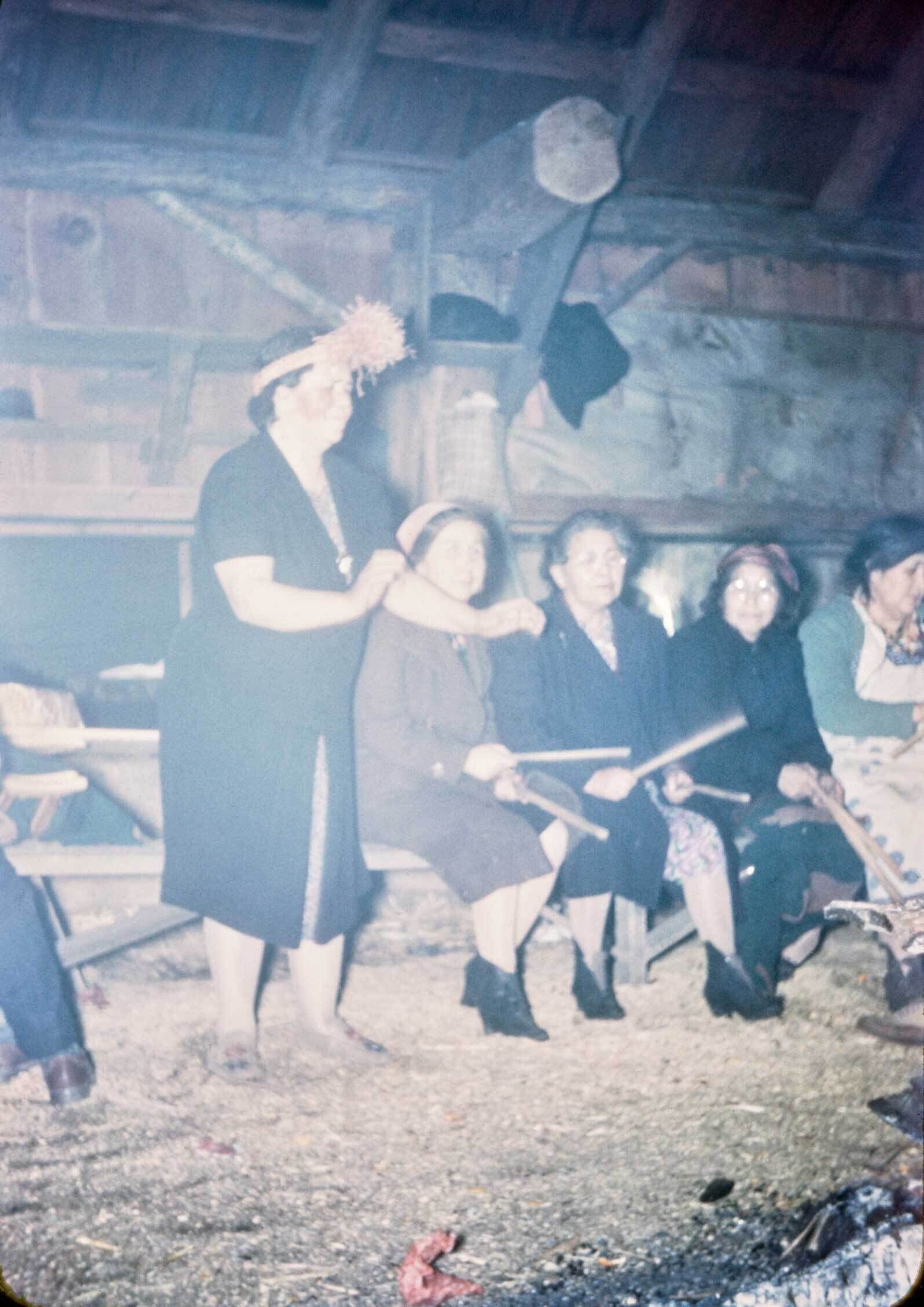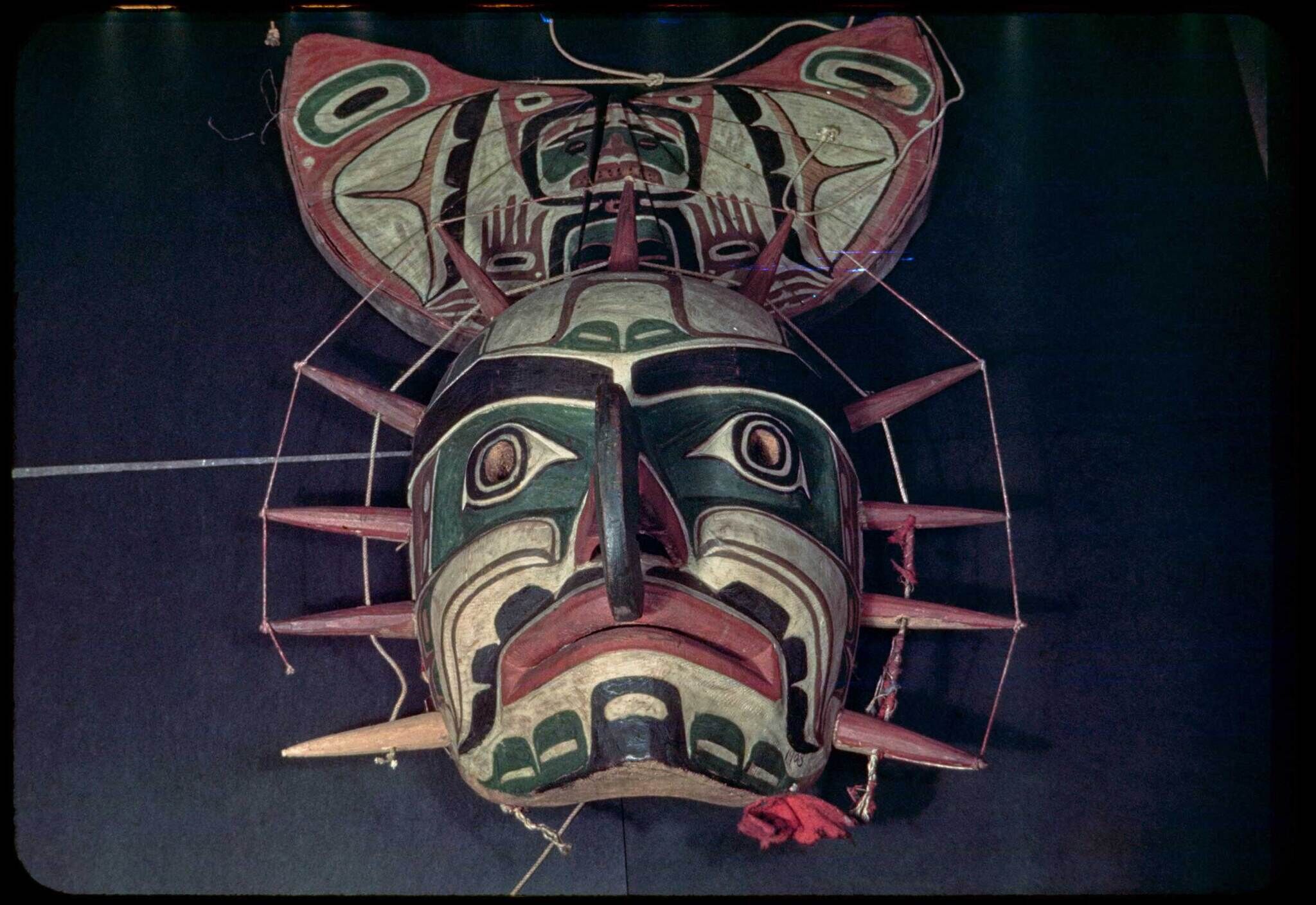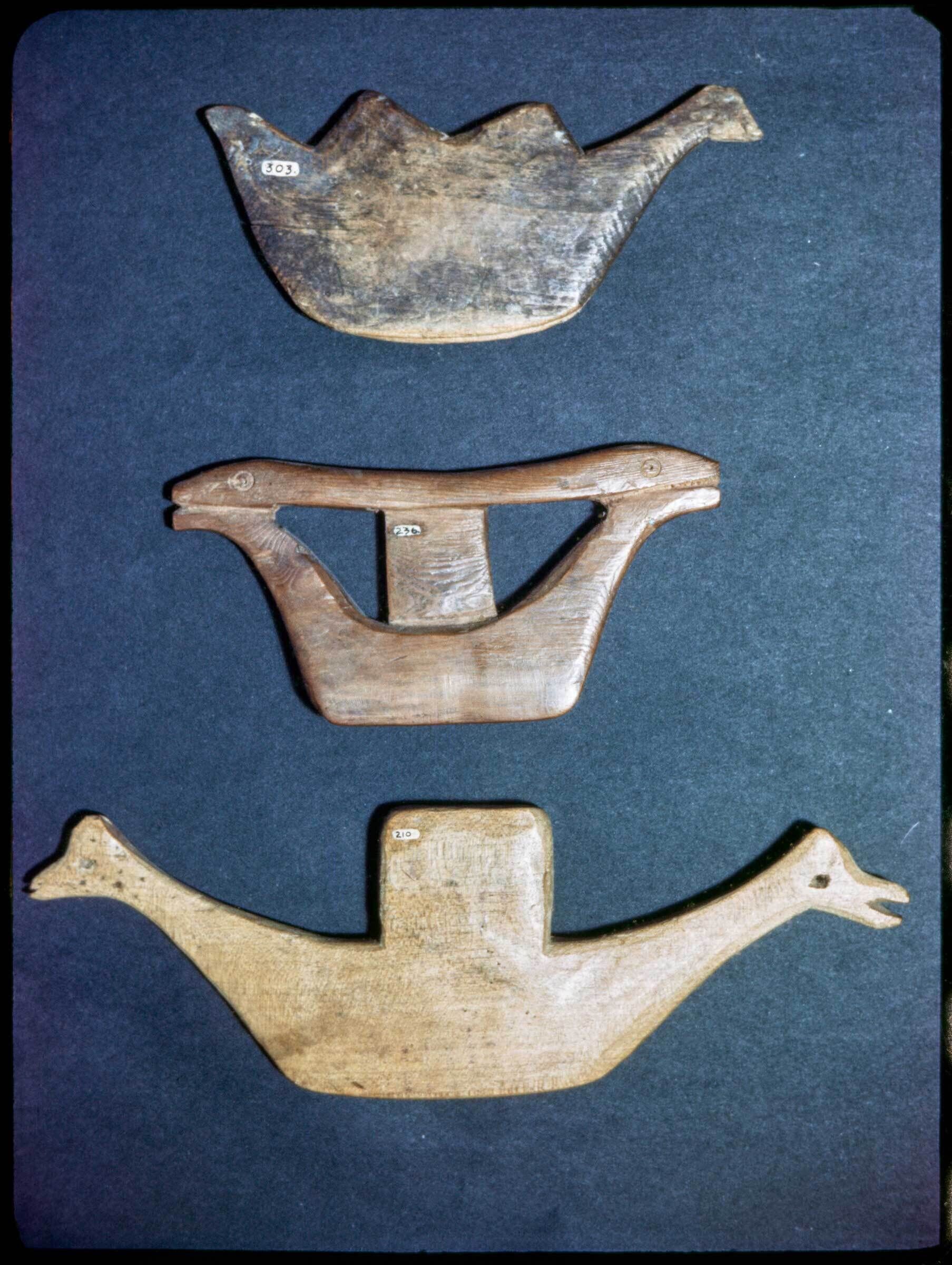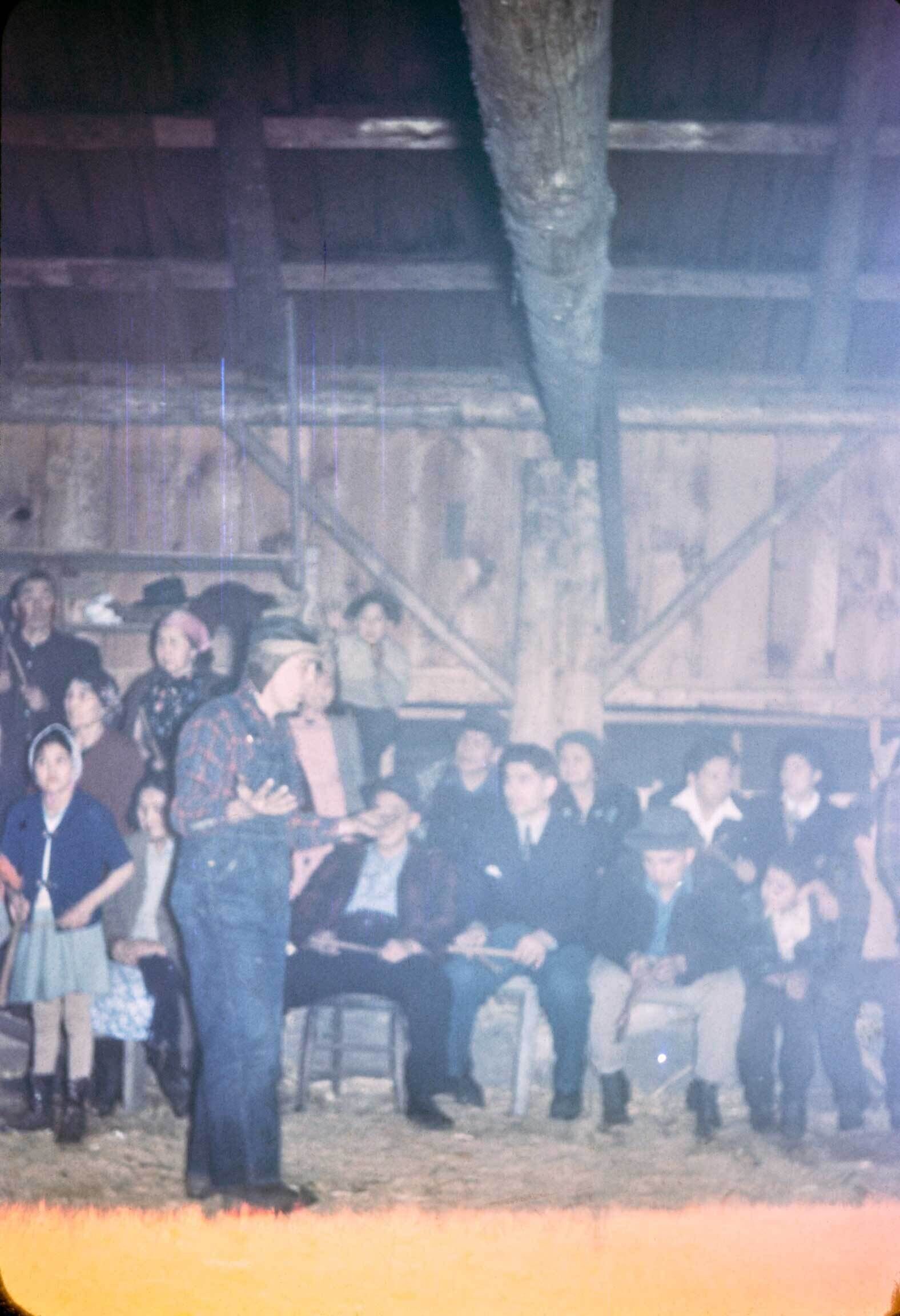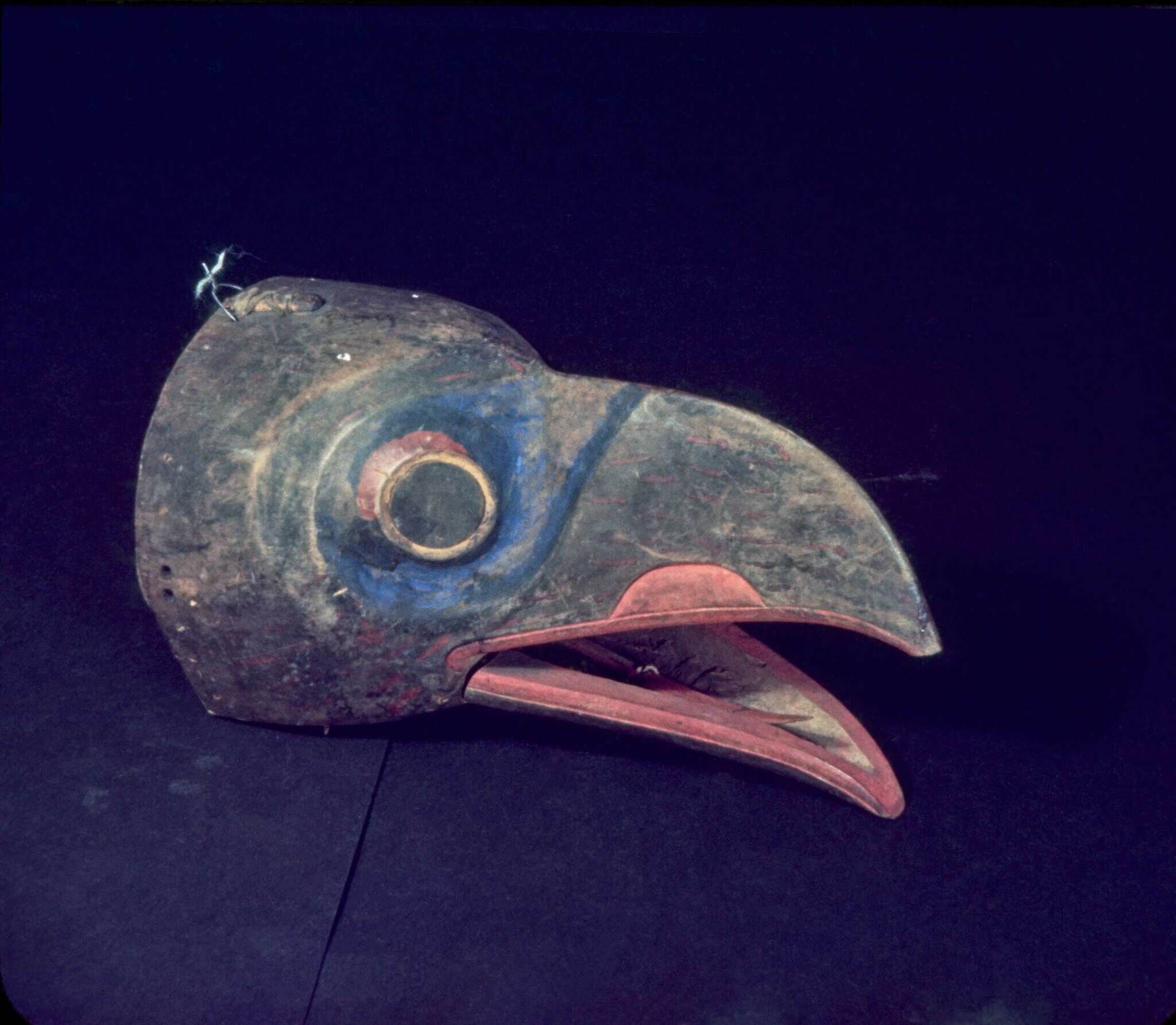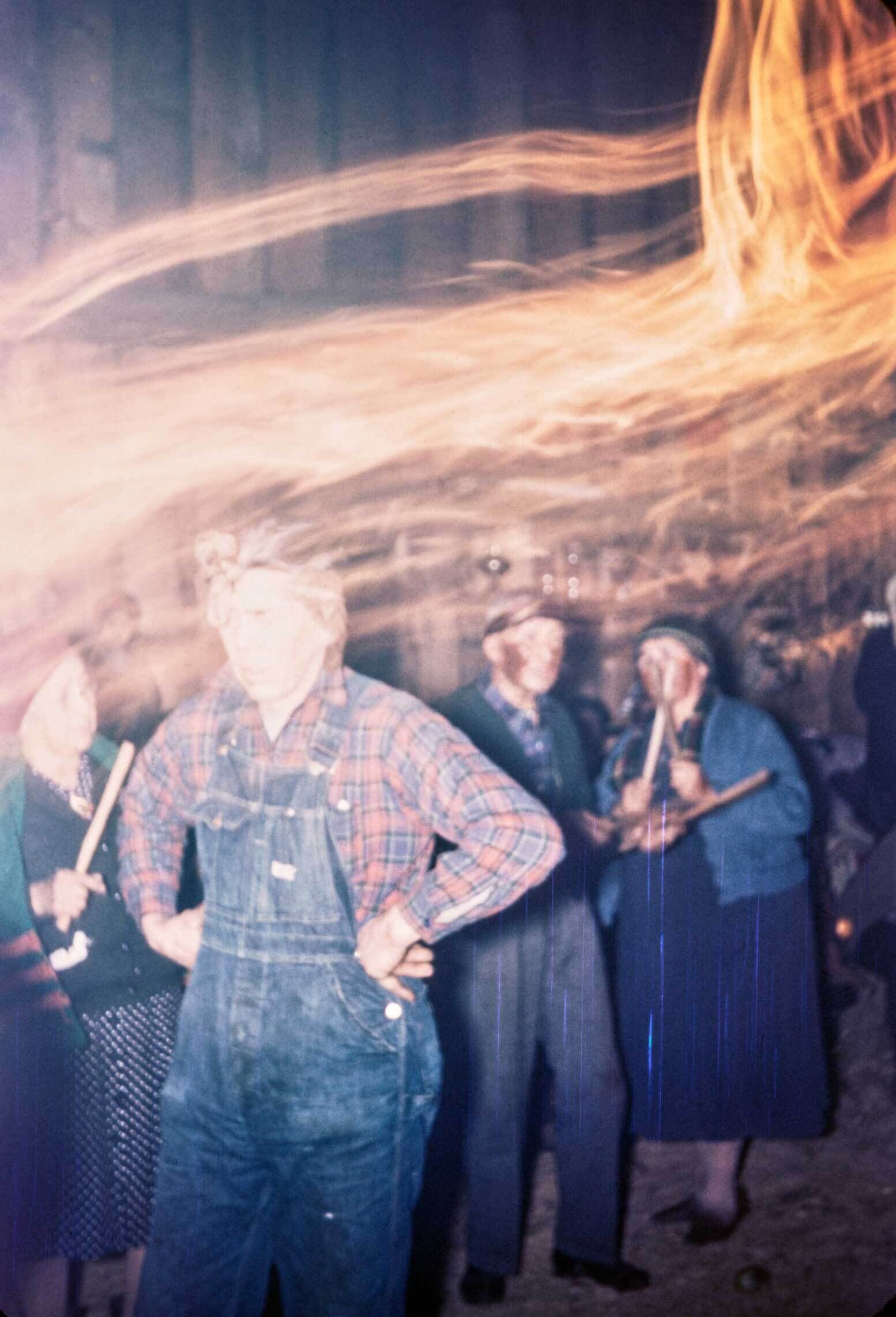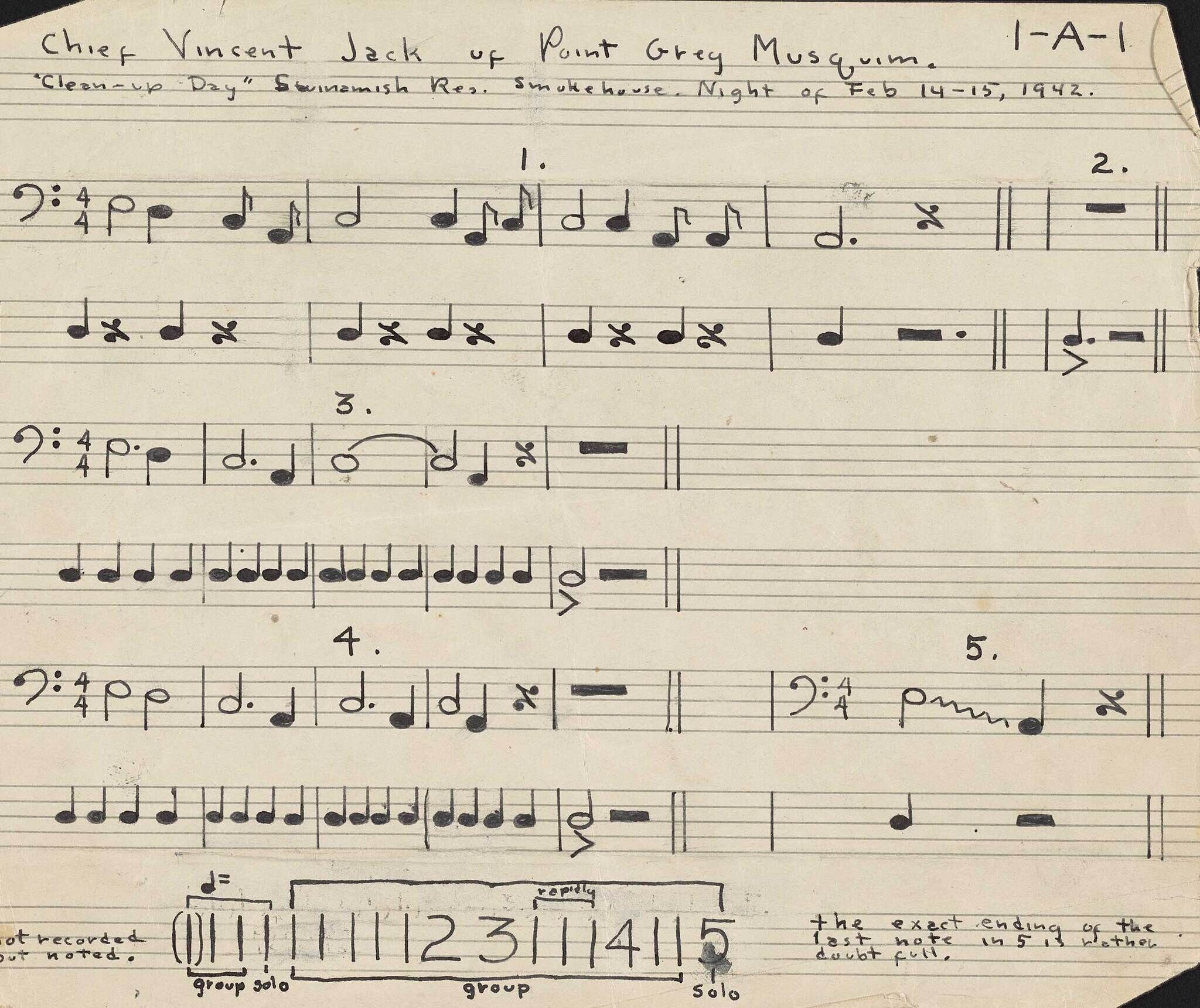Fragments of a Faith Forgotten: The Art of Harry Smith | Art & Artists
Oct 4, 2023–Jan 28, 2024
Fragments of a Faith Forgotten: The Art of Harry Smith | Art & Artists
Pacific Northwest, 1930s and early 1940s
1
Smith’s lifelong research, recording, and collecting practices began when he was fifteen years old and living in the Pacific Northwest, where his mother worked on the Lummi (Lhaq'temish) reservation as a teacher. During his teenage years, he frequently visited the Lummi (Lhaq'temish) and Swinomish people, both original inhabitants of what is now Washington State. While there, he documented songs, ceremonies, languages, and artistic traditions through photography, painting, sound recording, and his own form of notation. Presaging his later practice of adapting available technology to suit his needs, Smith wired an acetate-disc recorder with a battery in order to make high-quality recordings.
From a contemporary perspective, understanding even a teenage Smith’s time spent with the Lummi (Lhaq'temish) and Swinomish people seems to require us to hold two contradictory visions of it simultaneously. On the one hand, anthropology as a field first took hold near Smith’s childhood home—and early on the discipline was fundamentally extractive, driven by claims that it had to salvage Indigenous cultures that it framed as disappearing. In this way, anthropology reinforced the violence of settler colonialism within the United States, and the shadow of this history hangs over Smith’s research. On the other hand, it seems that Smith, who was self-taught in his anthropological studies, did not share all of the discipline’s assumptions and methods. His early work was the portal to his study of patterns of belief and lexicons of representation. Smith would continue his study of Indigenous people over the course of his life, recording the peyote ritual songs of the Kiowa people and collecting the geometric patchwork patterns of the Seminole Tribe of Florida.

.2022.0619_web.jpg)
